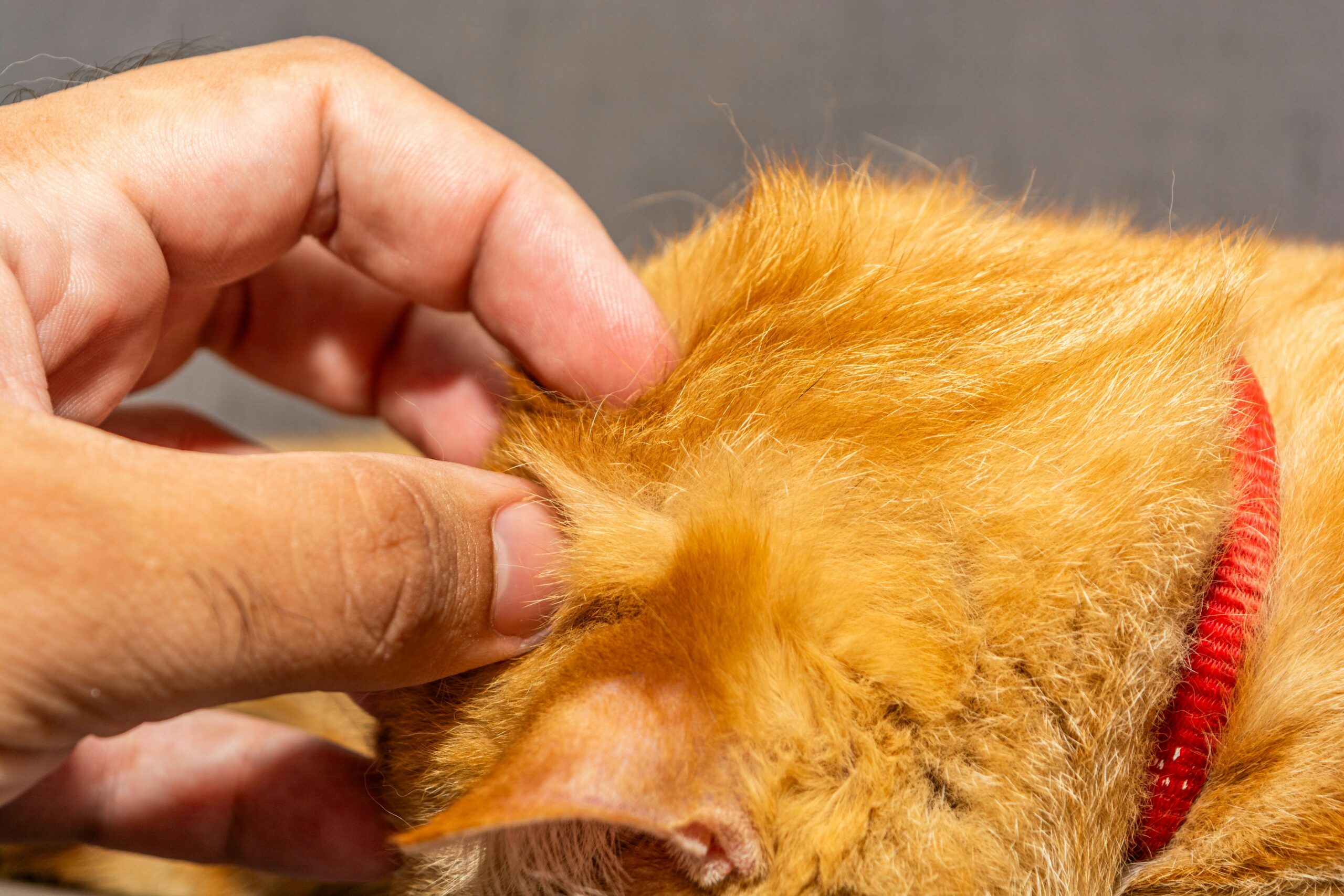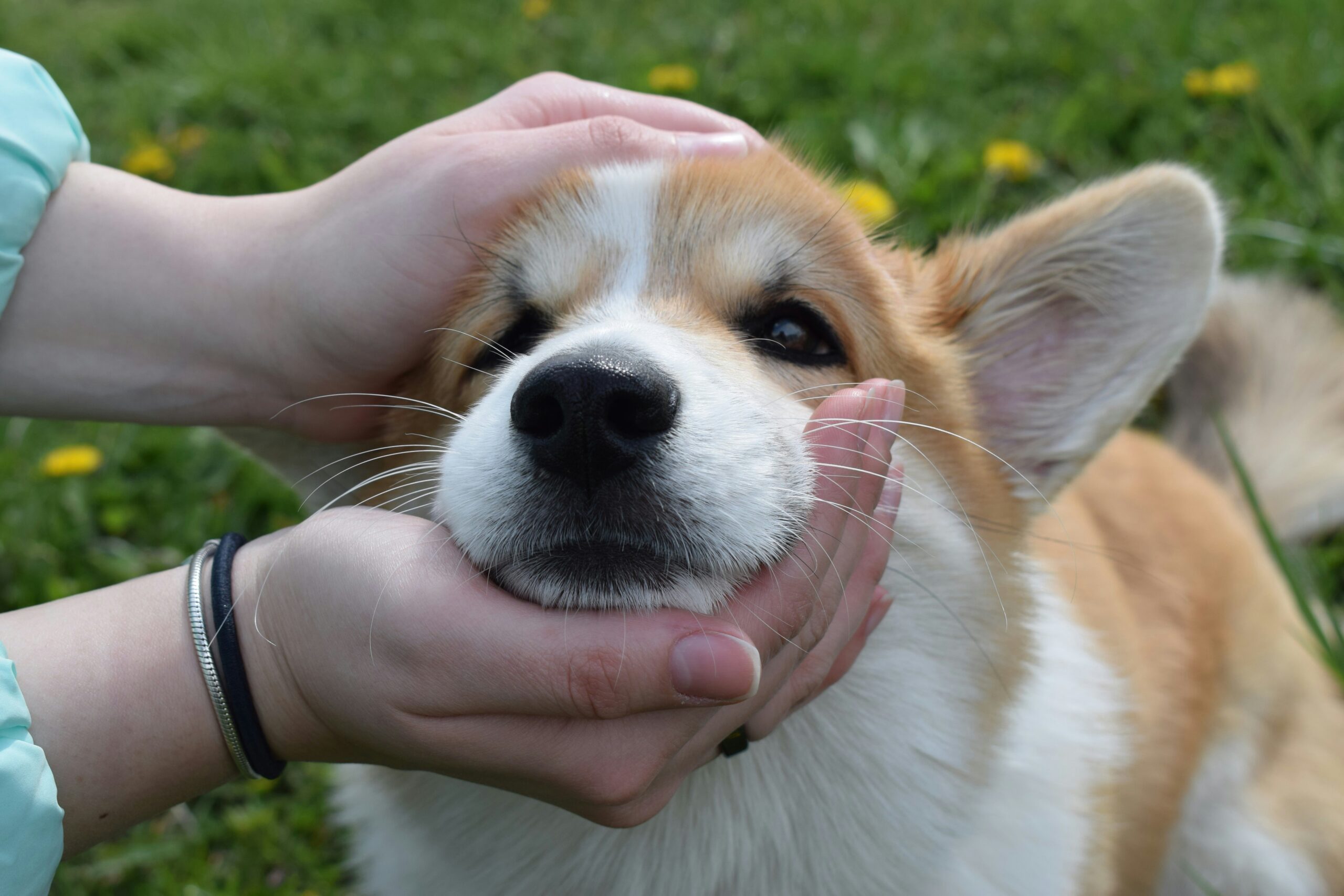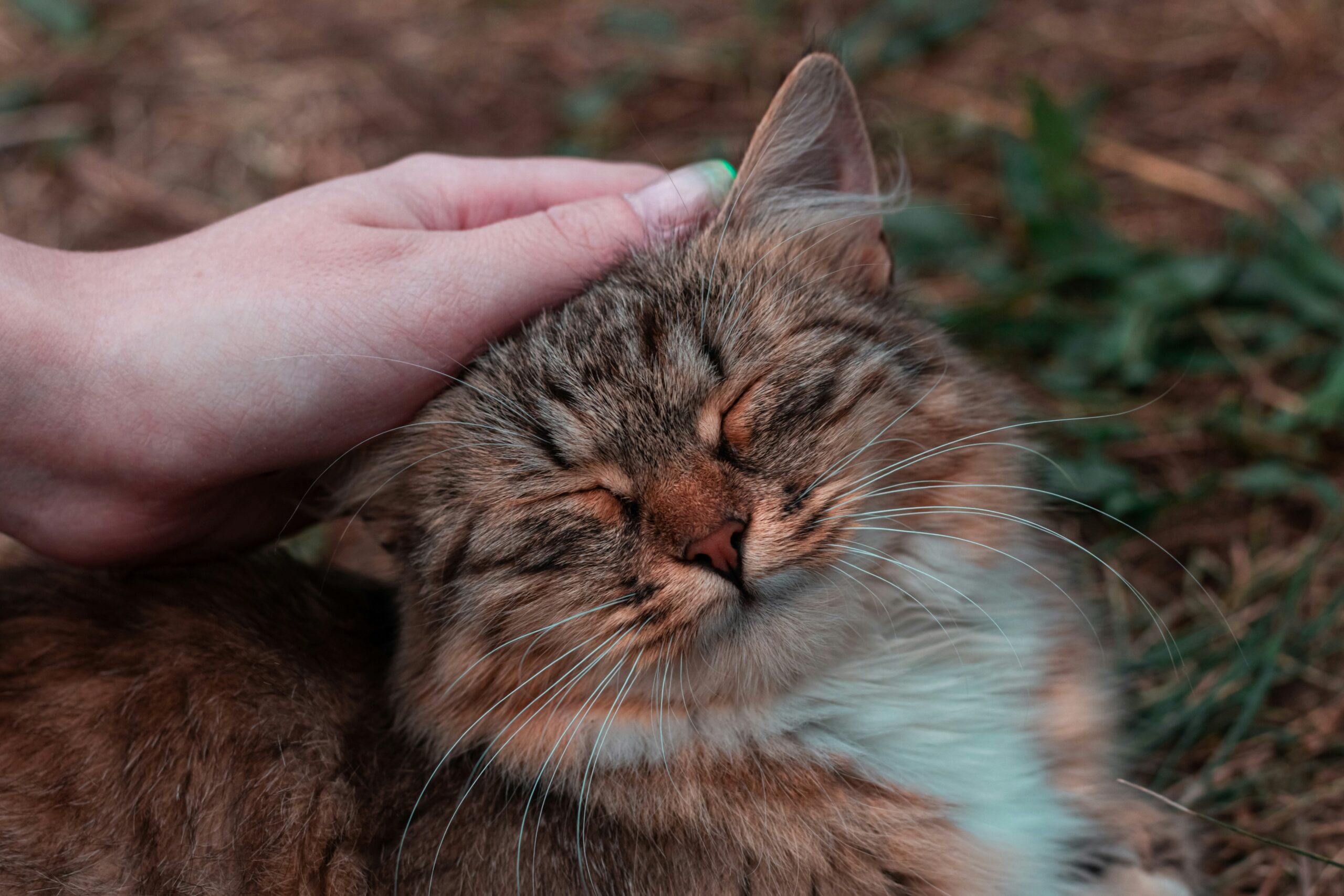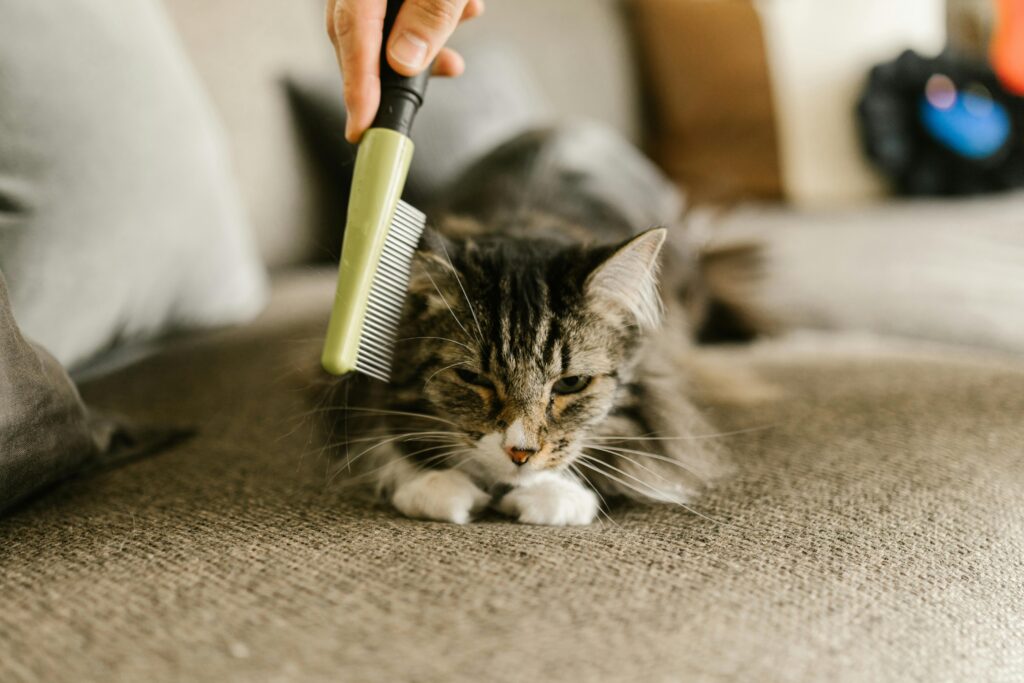“You ever brush your dog only to find red, angry patches on their skin afterward? Yeah, we’ve been there too.”
If you’ve clicked into this guide, chances are you’re dealing with a sensitive-skinned fur baby—or just want to make sure you’re doing grooming right. Rubber brushes designed for sensitive skin aren’t just another grooming gimmick; they’re a game-changer. In this guide, we’ll explore why rubber brushes are a must-have in your pet care arsenal, how to use them properly, and actionable tips to keep your pet looking and feeling fabulous.
You’ll discover:
- Why rubber brushes are gentle yet effective for pets with sensitive skin.
- A step-by-step guide to choosing and using the perfect brush.
- Tips and tricks to prevent irritation while grooming.
- Real-world examples of happy pets who’ve thrived thanks to these tools.
Table of Contents
- Why Rubber Brushes Are Perfect for Sensitive-Skinned Pets
- How to Choose the Best Rubber Brush
- Step-by-Step Guide to Grooming with a Rubber Brush
- 5 Tips to Prevent Irritation During Grooming
- Examples of Happy Pets Who Love Their Rubber Brushes
- Rubber Brushes FAQs
- Conclusion
Why Rubber Brushes Are Perfect for Sensitive-Skinned Pets
If your pup starts flinching every time you reach for the brush, it’s not personal—they’re probably dealing with sensitivity or even mild allergies. Traditional bristle brushes might work wonders for some pets, but for others? They can feel like sandpaper on already irritated skin.

Rubber brushes are different. Made from flexible, hypoallergenic materials, these brushes glide over skin without causing friction or discomfort. Plus, they massage as they clean—boosting circulation and leaving your pet relaxed (and maybe even a little sleepy).
“Optimist You:* This sounds life-changing!
Grumpy You: Well, let’s not get too carried away until we know what we’re buying, alright?”
How to Choose the Best Rubber Brush
Selecting the right rubber brush isn’t rocket science—but it does require a little thought. Here’s what to keep in mind:
- Material Matters: Look for food-grade silicone or natural rubber. Not only are these safer options, but they also stand up better against wear and tear.
- Bristle Density: Dense nubs provide deeper massaging action, while sparser ones are gentler for ultra-sensitive pups.
- Grip Comfort: If your hand cramps halfway through brushing, that’s no fun for either of you. Opt for ergonomic handles.
Step-by-Step Guide to Grooming with a Rubber Brush
So you’ve picked out the perfect brush. Now what?
Step 1: Start with Clean Hands (and a Calm Pet)
Before jumping in, ensure both you and Fido are relaxed. A calm pet means smoother brushing—and fewer accidental scratches!
Step 2: Test the Brush in a Small Area First
Gently run the brush along a small patch of skin to check for reactions. No itchiness or redness? Move forward.
Step 3: Use Light Pressure and Circular Motions
The beauty of a rubber brush lies in its ability to multitask—cleaning loose hair while soothing sore spots. Stick to light pressure and circular strokes for optimal results.
Step 4: Gradually Cover All Areas, Avoiding Sensitive Zones
Cover your pet’s back, sides, and legs first before venturing near delicate areas like their belly or face.
Step 5: Reward Your Pup Post-Session
Treats go a long way toward reinforcing positive associations with grooming!
5 Tips to Prevent Irritation During Grooming
- TIP 1: Always groom after bath time—it removes excess oils and makes shedding easier.
- TIP 2: Keep sessions short; aim for under 15 minutes to avoid overwhelming sensitive-skinned pets.
- TIP 3: Rotate brushes every few weeks to prevent overuse on one area.
- TIP 4: Avoid metal brushes entirely if your pet has known sensitivities.
- WARNING—TERRIBLE TIP: Don’t use a damaged brush. Frayed edges or sharp bits? Trash it immediately. Sounds dramatic, but trust me—this ain’t worth risking your pet’s comfort.
Examples of Happy Pets Who Love Their Rubber Brushes
Meet Luna, a golden retriever whose owner switched to a rubber brush after years of frustration with traditional tools. “Her coat has never looked shinier,” her owner told us. “Plus, she actually *looks forward* to grooming now instead of hiding behind the couch!”
Then there’s Max, a rescue pug with seasonal allergies. His vet recommended switching to hypoallergenic grooming products—and a rubber brush became his knight in shining armor (or rather, shiny silicone).

Rubber Brushes FAQs
Q: Can I use a rubber brush on my cat?
Absolutely! Cats benefit from regular grooming too, especially long-haired breeds. Just be mindful of their less-is-more attitude when starting out.
Q: How often should I brush my pet with a rubber brush?
For dogs, aim for 2-3 times per week. Cats may prefer once weekly unless they enjoy the attention more frequently.
Q: Is a rubber brush safe for puppies and kittens?
Yes—as always, start slow and watch for signs of discomfort.
Q: What do I do if my pet still reacts negatively to the brush?
Consult your veterinarian. It might indicate an underlying condition requiring specialized treatment.
Conclusion
Grooming doesn’t have to be torture—for you or your furry friend. Rubber brushes offer the perfect blend of functionality and gentleness, making them ideal for pets prone to irritation. Armed with our guide, you’re well-equipped to transform your pet’s coat (and attitude!) toward grooming.
Ready to give your pet the TLC they deserve? Grab a rubber brush today and prepare for wagging tails and purrs galore.
And finally—a haiku for all the pet parents out there:
Soft whispers of bristles,
Fur floats, tensions fade,
Love blooms soft and warm.



